The Spanish coastal villages offer far more than Mediterranean views and Atlantic
horizons. They harbor some of the world’s finest seafood traditions- from sun-kissed
harbors where fishermen still bring in their daily catch to family-run restaurants
serving generations-old recipes, villages have kept a connection to the sea
authentic.
Each destination brings unique attractions, such as old fishing towns and excellent
gastronomy, thus making it perfect for food lovers and travelers.
Combarro, Pontevedra
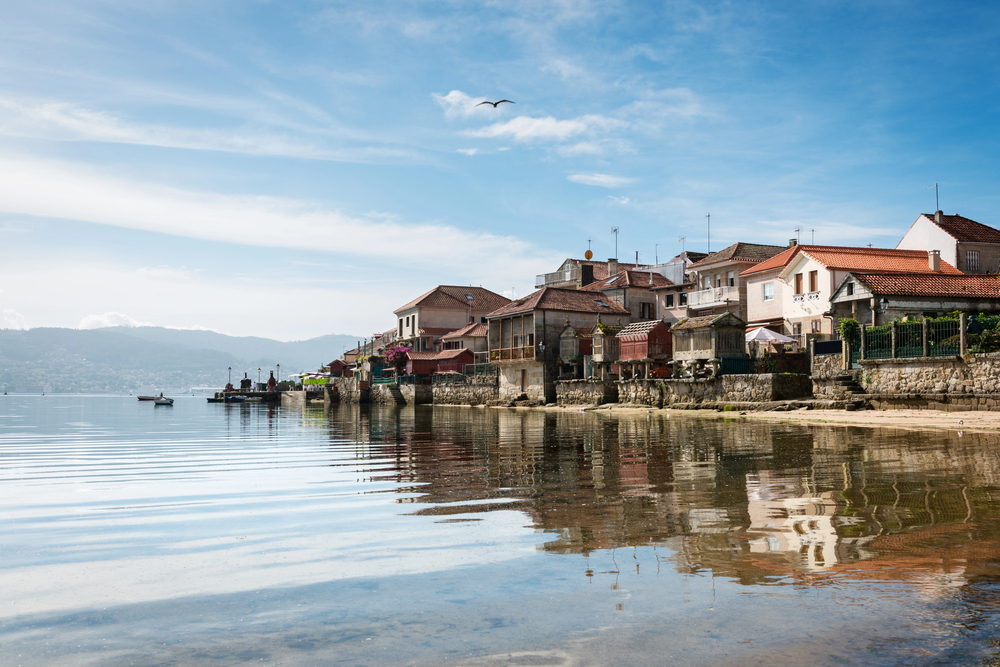
Set in the Rías Baixas region of Galicia, Combarro has always fascinated visitors
with its granaries on the shore’s stone pillars. Fishing here is an important part of the
economy since mussels and oysters are harvested in the unpolluted waters of
Pontevedra estuary.
The local restaurants offer the shellfish raw or in traditional preparation with accompanying wines from the region. Seaside markets sell fresh morning catch, where octopus is especially prized and cooked using methods handed down for centuries.
Stone buildings and narrow streets add to the atmospheric beauty of this village, one of Spain’s best for seafood.
Cudillero, Asturias
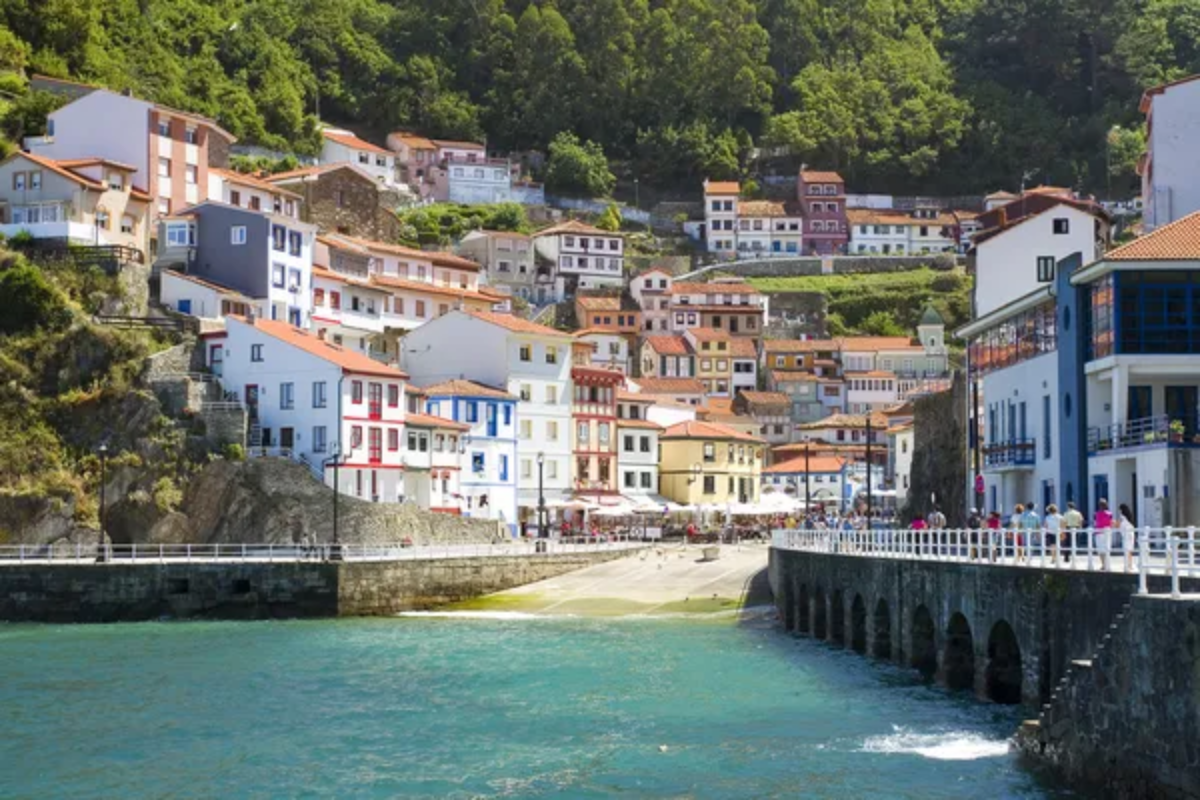
This amphitheater-shaped village cascades down to a protected harbor where
colorful fishing boats bob in the water. Cudillero’s fishermen are known for their catch
of hake, sea bream, and Atlantic bonito, which are sold at the morning auction.
The village’s seafood restaurants, many family-owned for generations, specialize in
traditional Asturian seafood stews and grilled fish dishes. Daily catches are prepared
simply, allowing the natural flavors of the sea to shine through.
The village’s steep streets lead to viewpoints where you can watch fishing boats return with their bounty.
Like Travel Pug’s content? Follow us on MSN.
Cadaqués, Costa Brava
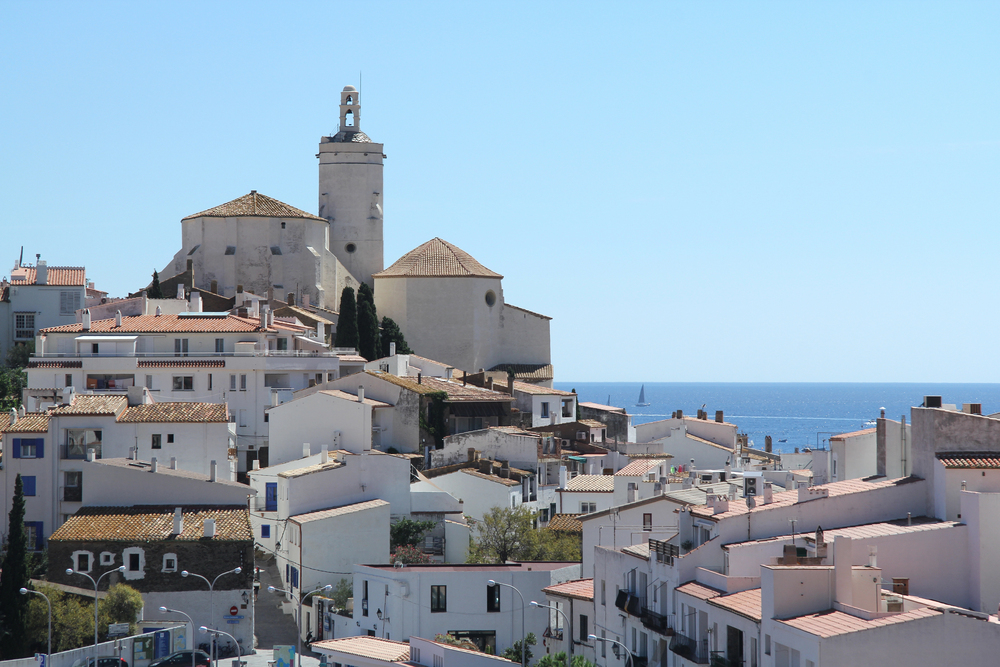
White-washed buildings and crystal-clear waters define this former fishing village
that inspired Salvador Dalí. Local fishermen bring red prawns, considered among
Spain’s finest seafood delicacies. Restaurants along the curved bay serve fresh
anchovies, sardines, and sea urchins prepared with minimal intervention.
The town’s culinary tradition focuses on preserving the natural flavors of Mediterranean seafood. Traditional fishing boats still dot the harbor, maintaining the village’s authentic
maritime character.
Santoña, Cantabria
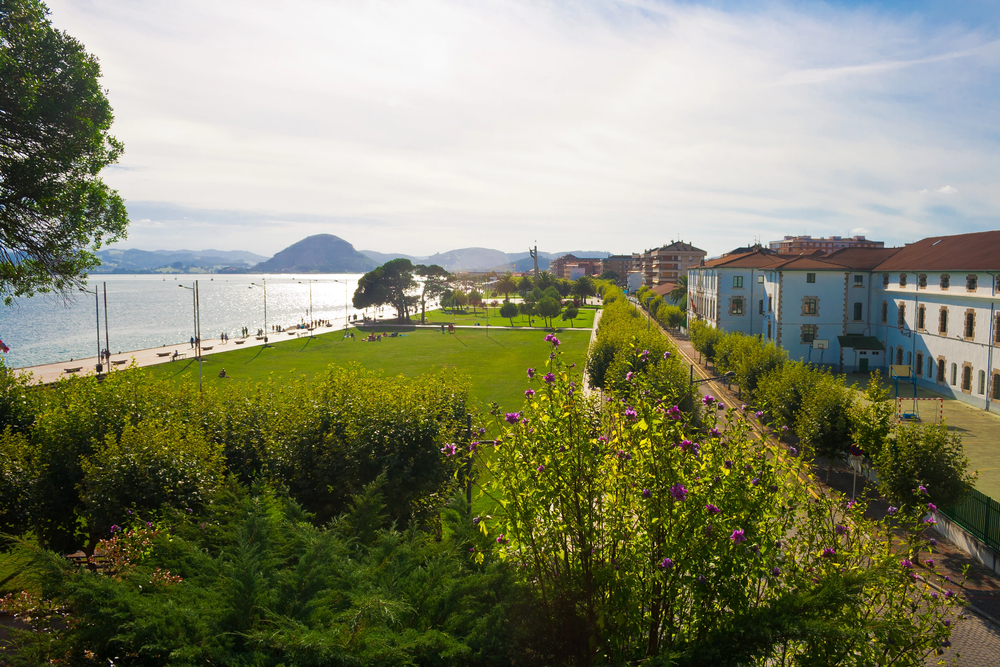
As Spain’s anchovy capital, Santoña maintains a thriving fishing industry centered on
these small silver fish. Local canneries process the catch using traditional methods
passed down through generations.
The village’s port area bustles with activity as boats return with sardines, mackerel, and tuna during their seasons. Waterfront eateries serve these local specialties alongside regional wines and crusty bread.
The surrounding mountains provide a dramatic backdrop to this seafood-loving
community.
Hondarribia, Basque Country
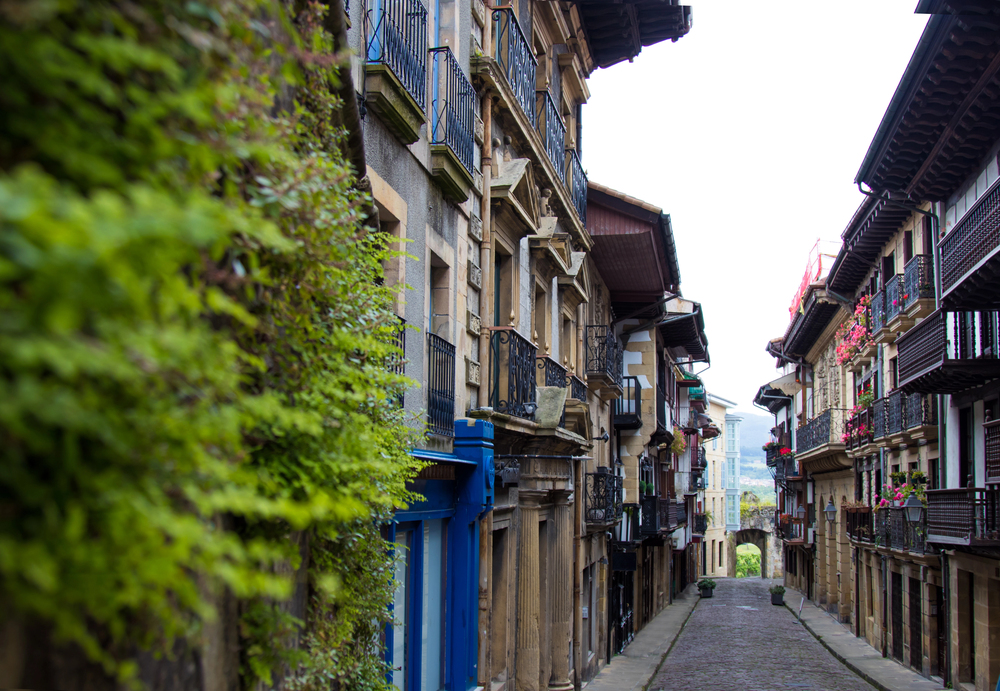
This medieval fortress town near the French border boasts some of the Basque
Country’s finest seafood restaurants. Local fishermen specialize in catching tuna,
hake, and sardines in the Bay of Biscay.
The old town’s narrow streets house pintxos bars serving innovative seafood preparations. Traditional grilling methods over oak wood impart distinctive flavors to the fresh catch.
The fishing port maintains its working character while accommodating modern gastronomy.
Like Travel Pug’s content? Follow us on MSN.
L’Escala, Girona
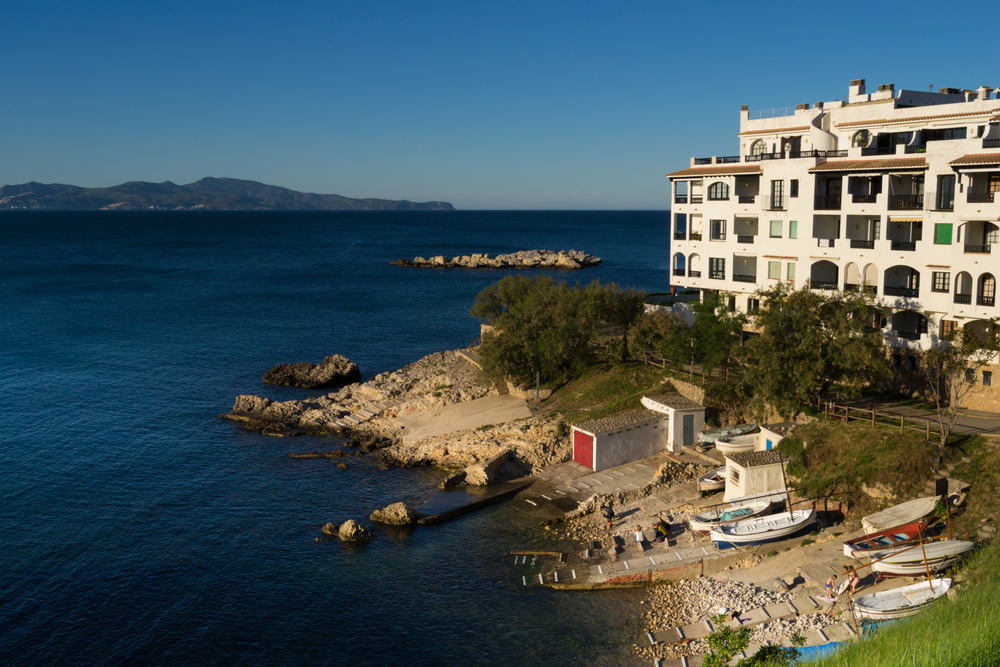
L’Escala preserves its fishing tradition and welcomes culinary tourism because it is
famous for its anchovies. Ancient salting houses process anchovies using methods
used since the centuries.
Village seafood restaurants serve fresh Mediterranean catches, such as red mullet and monkfish. Local fishermen maintain operations at a small scale in pursuit of sustainability.
A backdrop to the maritime activity is the ancient Greek ruins of Empúries.
Ajo, Cantabria
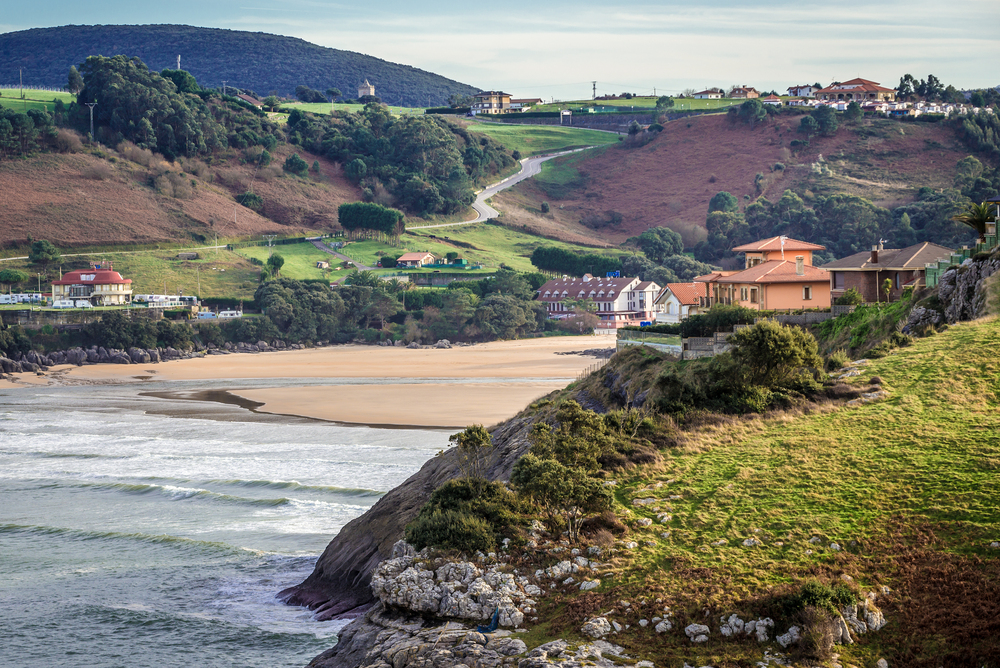
This lesser-known coastal village has authentic seafood experiences without tourist
crowds. Local fishing boats specialize in catching spider crabs and barnacles from
the rocky coastline.
The village’s handful of restaurants serve seafood just hours after it’s brought ashore. Traditional Cantabrian recipes highlight the quality of locally caught fish and shellfish.
The rugged coastline provides dramatic views while dining on fresh seafood.
Villajoyosa, Alicante
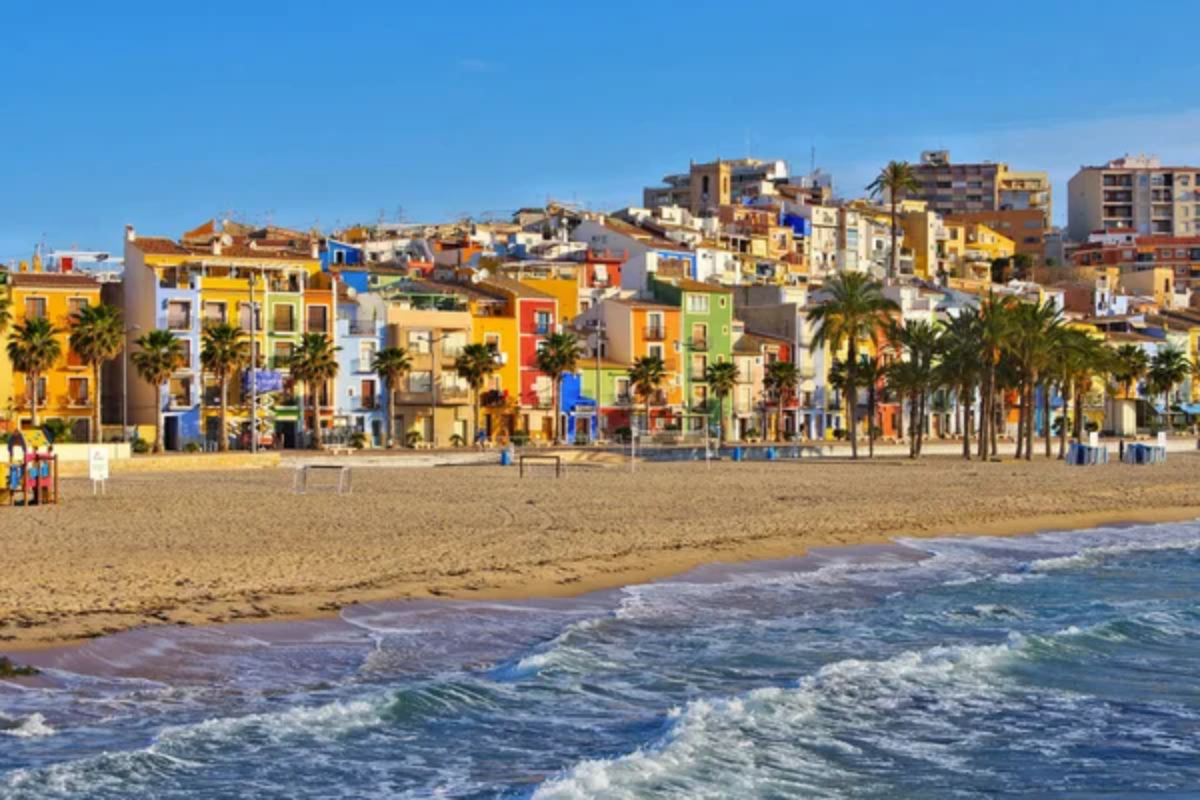
Colorful houses line the beachfront of this historic fishing village known for its tuna
fishing tradition. Local boats still practice traditional tuna fishing methods during seasonal runs.
The central market offers an impressive display of Mediterranean seafood each morning. Restaurants specializing in rice dishes incorporate the daily catch into creative paellas.
The village maintains its fishing industry while sharing its culinary heritage with visitors.
Like Travel Pug’s content? Follow us on MSN.
Getaria, Basque Country
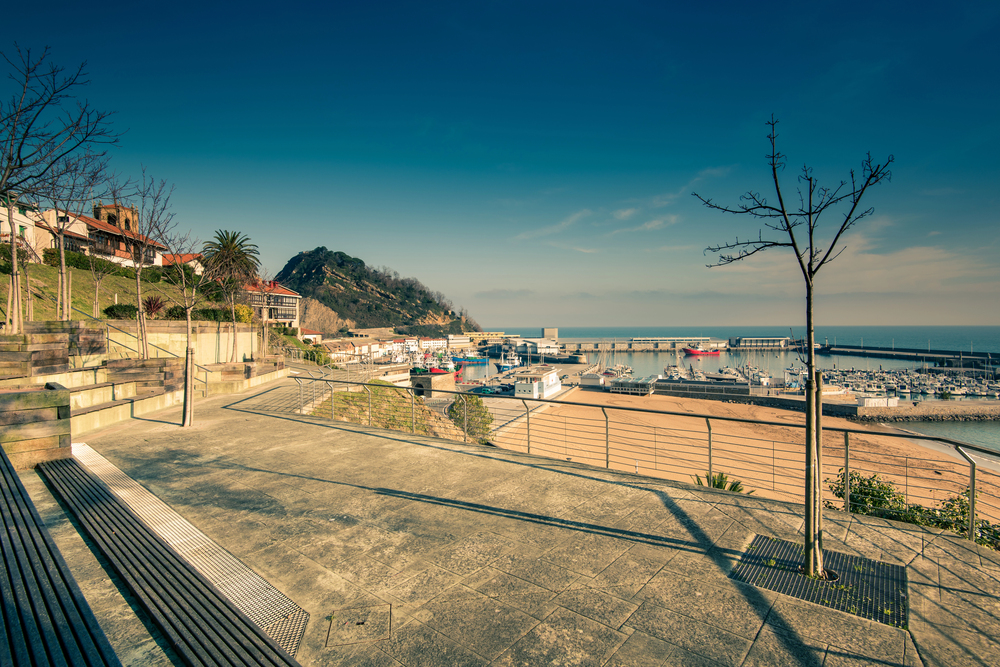
Famous for its grilled fish, Getaria’s waterfront grills send appetizing aromas through
narrow streets. Local boats bring prized turbot, sea bream, and anchovy catches
daily.
The village’s restaurants specialize in simple preparations that showcase the seafood’s quality. Traditional grilling techniques over hot coals remain the preferred cooking method.
Maritime museums preserve the village’s whaling and fishing history.
O Grove, Galicia
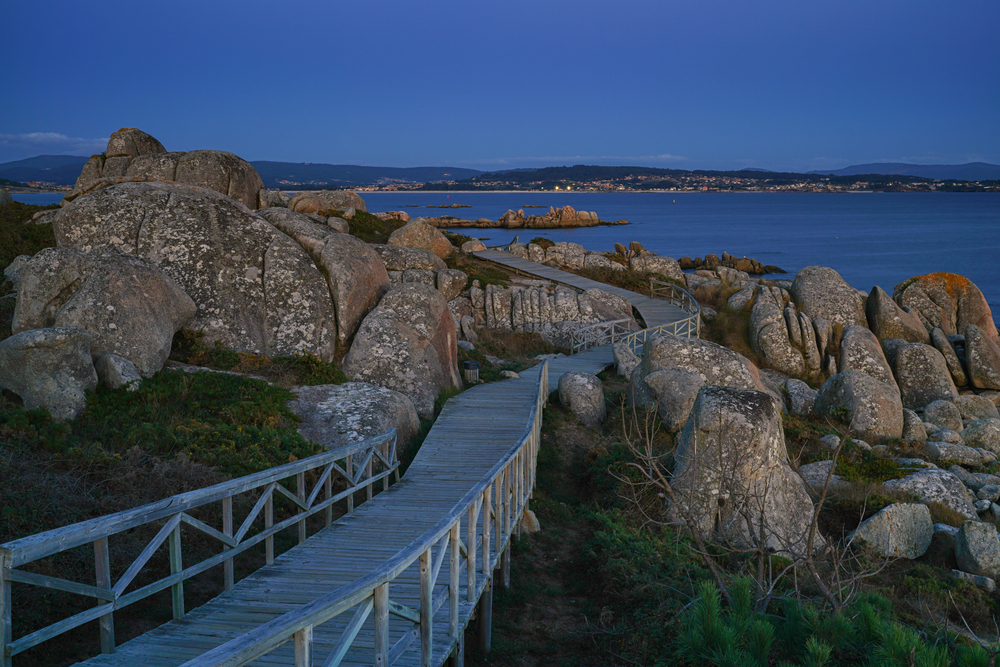
O Grove, the seafood capital of Galicia, hosts an annual seafood festival celebrating
local catches. Mussel farms are scattered throughout the waters and produce some
of Spain’s finest shellfish.
Restaurants range from simple family-owned establishments to sophisticated dining venues. The village maintains strong connections to traditional fishing methods while embracing sustainable practices.
Fresh oysters, clams, and scallops are prominently featured in local cuisine.
Cambrils, Tarragona
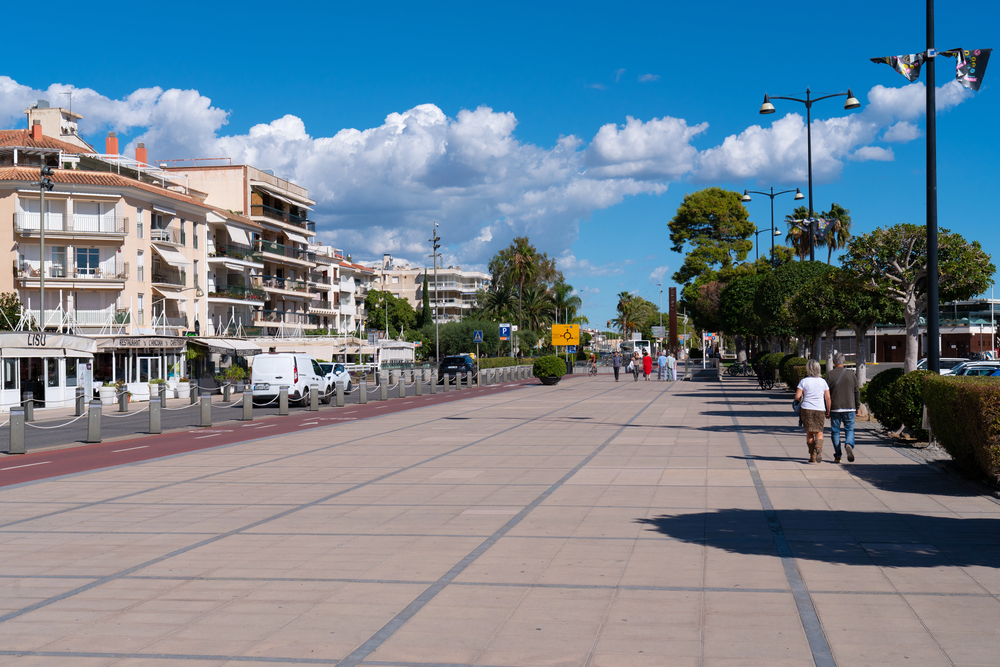
This former fishing village has evolved into a gastronomic destination while
preserving its maritime heritage. Local fishing boats still supply restaurants with fresh
Mediterranean catches daily.
The port area combines traditional fishing activities with modern culinary offerings. Seafood markets provide chefs and visitors with direct access to the morning’s catch.
The village’s culinary school trains new generations in traditional seafood preparation methods.
Like Travel Pug’s content? Follow us on MSN.
Lastres, Asturias
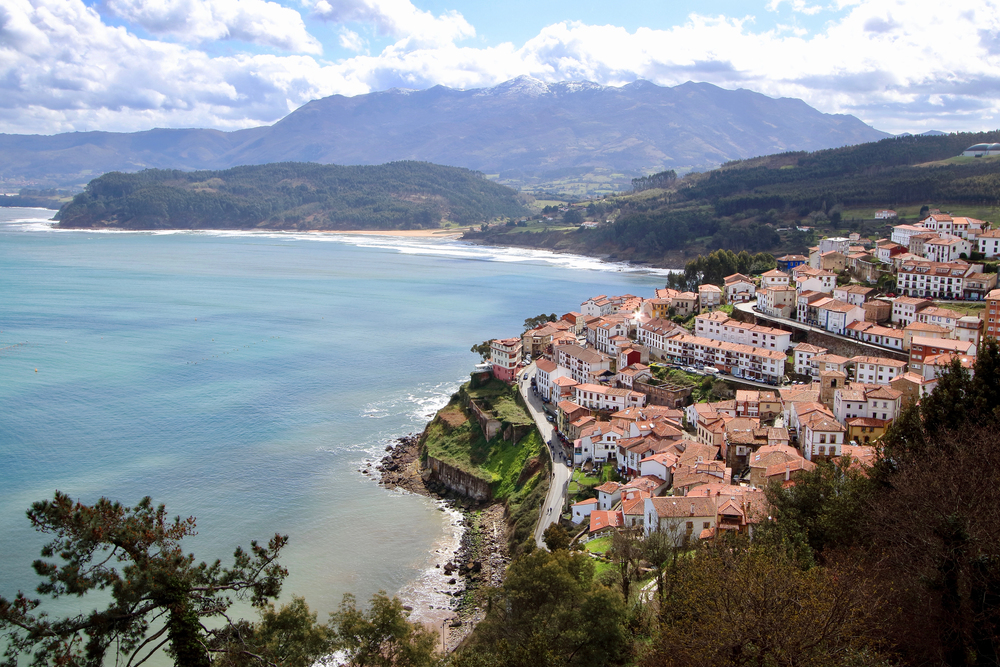
Perched on a hillside overlooking the Cantabrian Sea, Lastres maintains its fishing
village charm. Local fishermen specialize in catching hake, monkfish, and sea
bream.
The village’s restaurants serve traditional Asturian seafood dishes with contemporary touches. Fresh catches are often prepared using time-honored recipes passed through generations.
The historic port continues to support a small but active fishing fleet.
Barbate, Cádiz
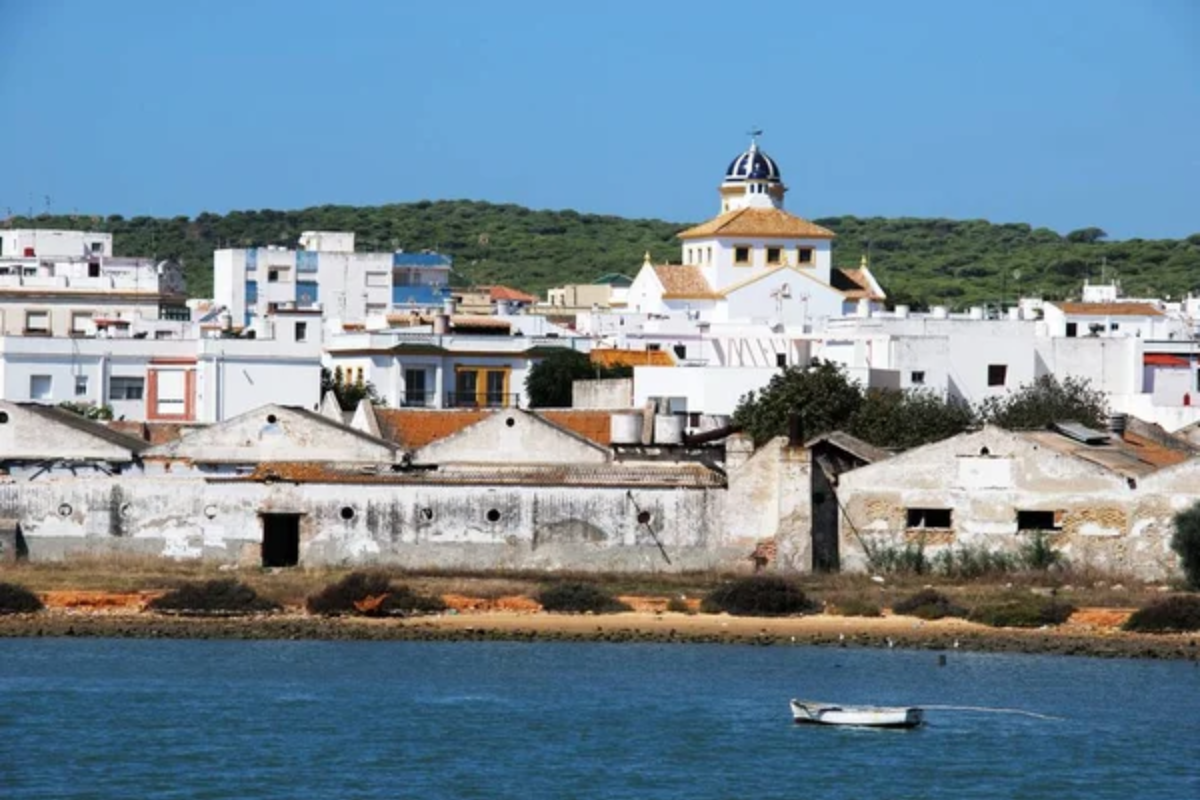
Barbate is famous for its bluefin tuna fishing tradition, and its cuisine celebrates this
heritage. Ancient Phoenician fishing methods are still used during the seasonal tuna
migration.
Local restaurants specialize in preparing different cuts of tuna in various styles. The fishing port remains central to village life and the local economy.
Local families still practice traditional tuna preservation methods.
Peñíscola, Castellón
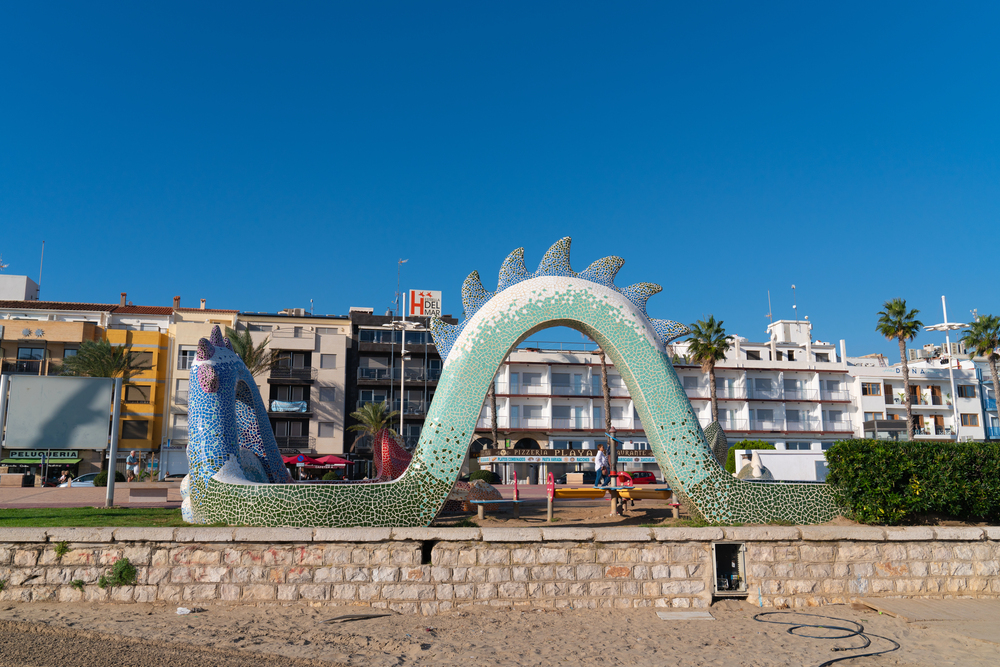
This fortified peninsula town combines historic architecture with thriving fishing
traditions. Local boats bring daily catches of prawns, squid, and various fish species.
Restaurants in the old town serve traditional fishermen’s dishes alongside modern
interpretations.
The morning fish auction attracts both professional buyers and curious visitors. Medieval walls provide a dramatic setting for enjoying fresh seafood dishes.
Like Travel Pug’s content? Follow us on MSN.
Sanlúcar de Barrameda, Cádiz
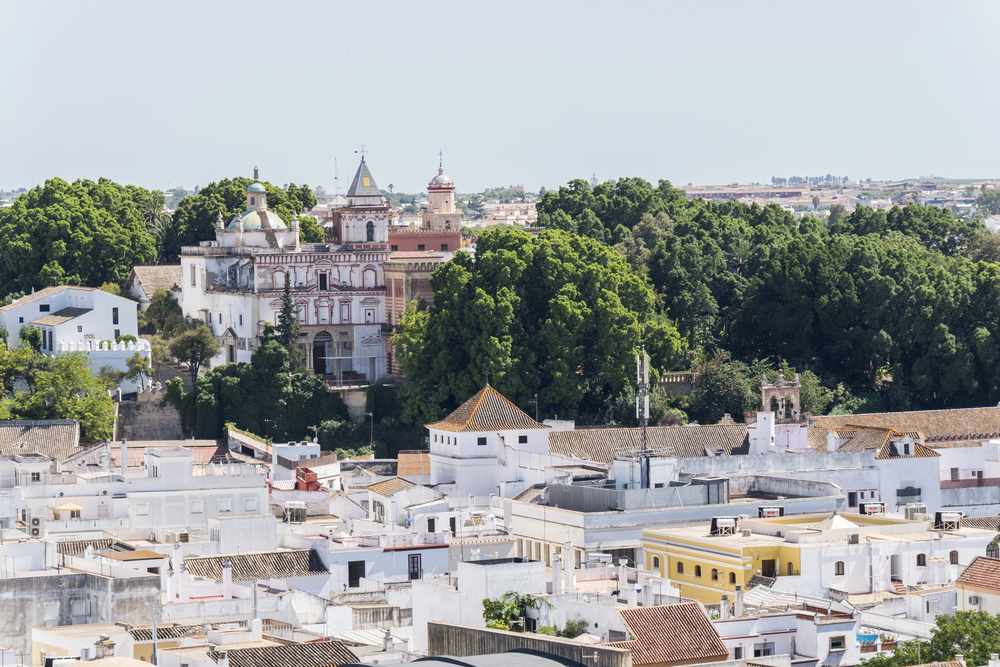
Positioned where the Guadalquivir River meets the Atlantic Ocean, Sanlúcar de
Barrameda is renowned for its exceptional prawns and langoustines. The unique
mixing of river and ocean waters creates perfect conditions for shellfish, particularly
the famous local prawns known as ‘langostinos de Sanlúcar.’
Local restaurants serve these delicacies simply grilled or in traditional seafood stews paired with the region’s famous manzanilla sherry. The daily fish market offers an impressive variety of seafood caught in river and ocean waters.
The town’s historic connection to maritime exploration adds a layer of cultural significance to its thriving seafood scene.
A Taste of Maritime Spain’s Legacy
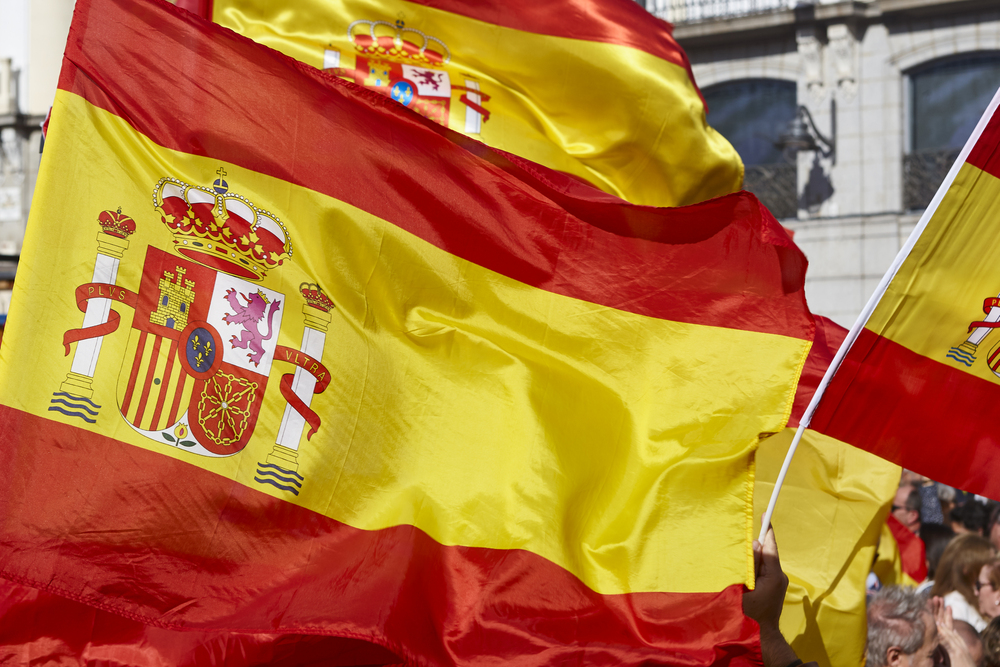
These coastal villages are at the heart of Spain’s seafood tradition. They offer
different specialties and traditional ways of preparation. Their efforts in preserving
fishing heritage and adapting to modern tastes will continue to ensure the flourishing
of these culinary traditions.
Whether you experience grilled sardines at a humble port-side restaurant or
elaborate seafood platters in historical settings, these villages provide authentic
experiences that place you directly in touch with Spain’s maritime culture.
More from Travel Pug

- 15 Dangerous European Cities to Avoid
- 15 Caribbean Islands Where Tourists Keep Getting Scammed
- The 20 Most Fascinating Abandoned Places: A Journey Through Time and Forgotten Spaces
- 15 Hidden Places in the Smithsonian Museums Locals Love: A Guide to Lesser-Known Treasures
- 16 Hidden Florida Beach Towns That Aren’t Overrun with Tourists
Like Travel Pug’s content? Follow us on MSN.
